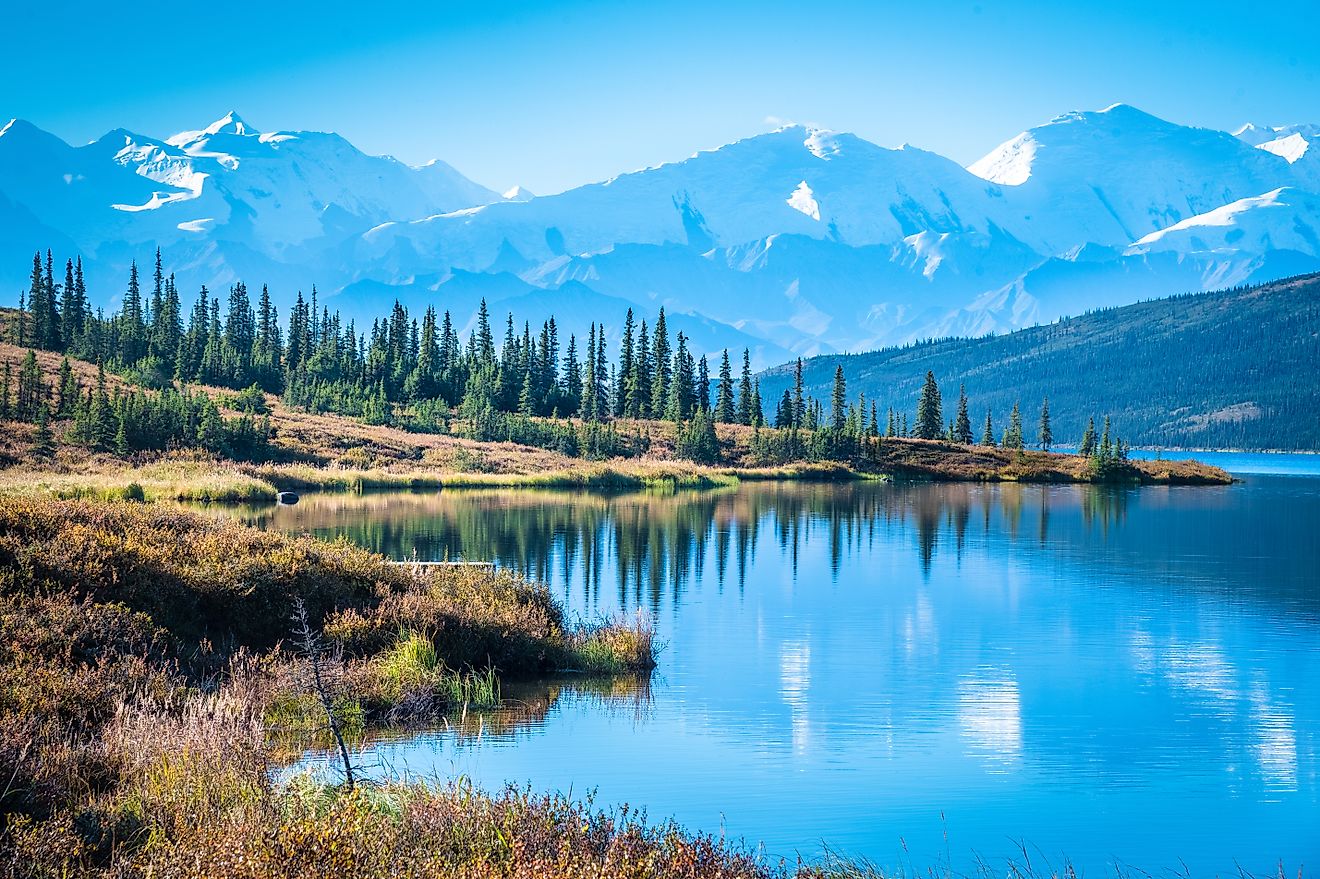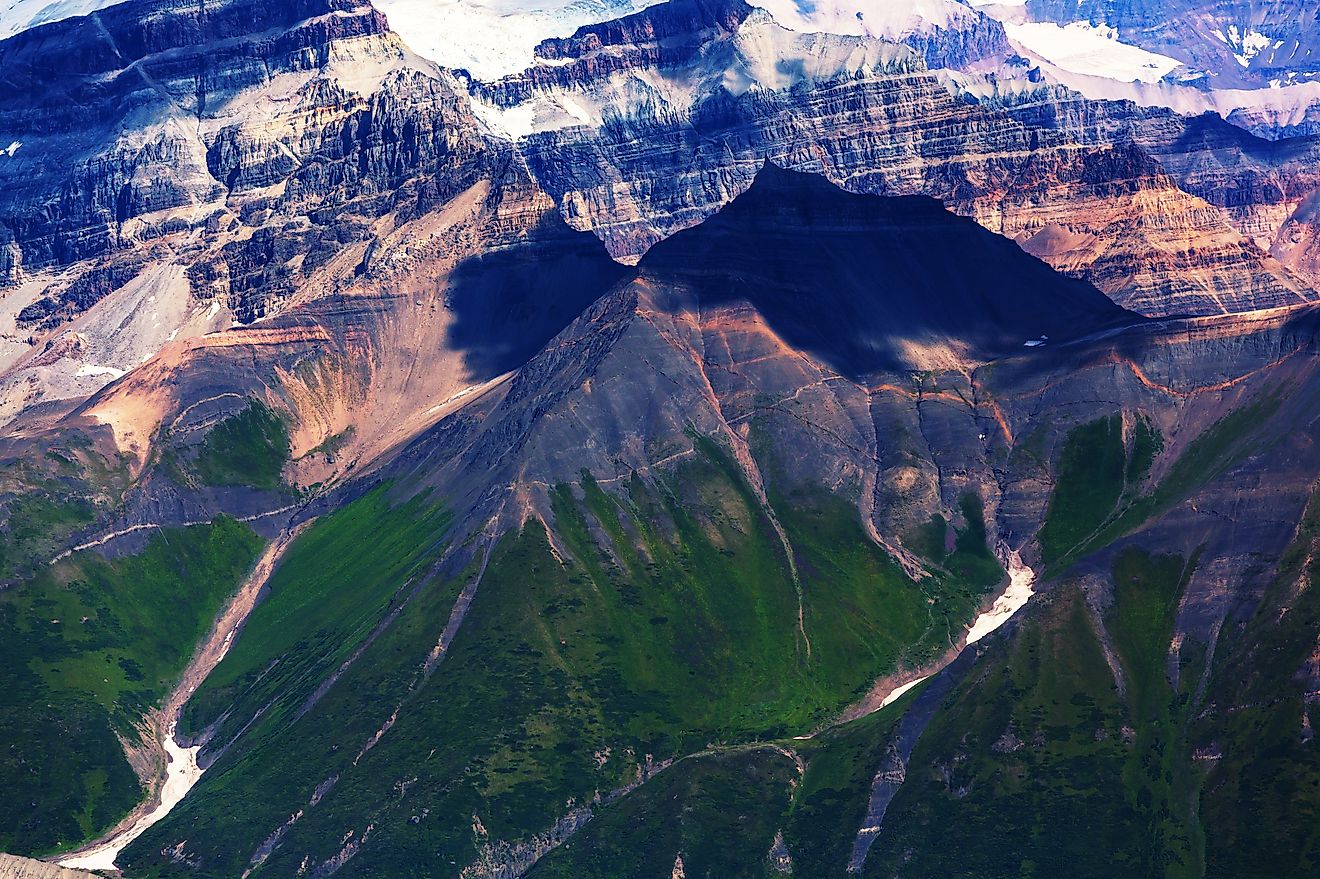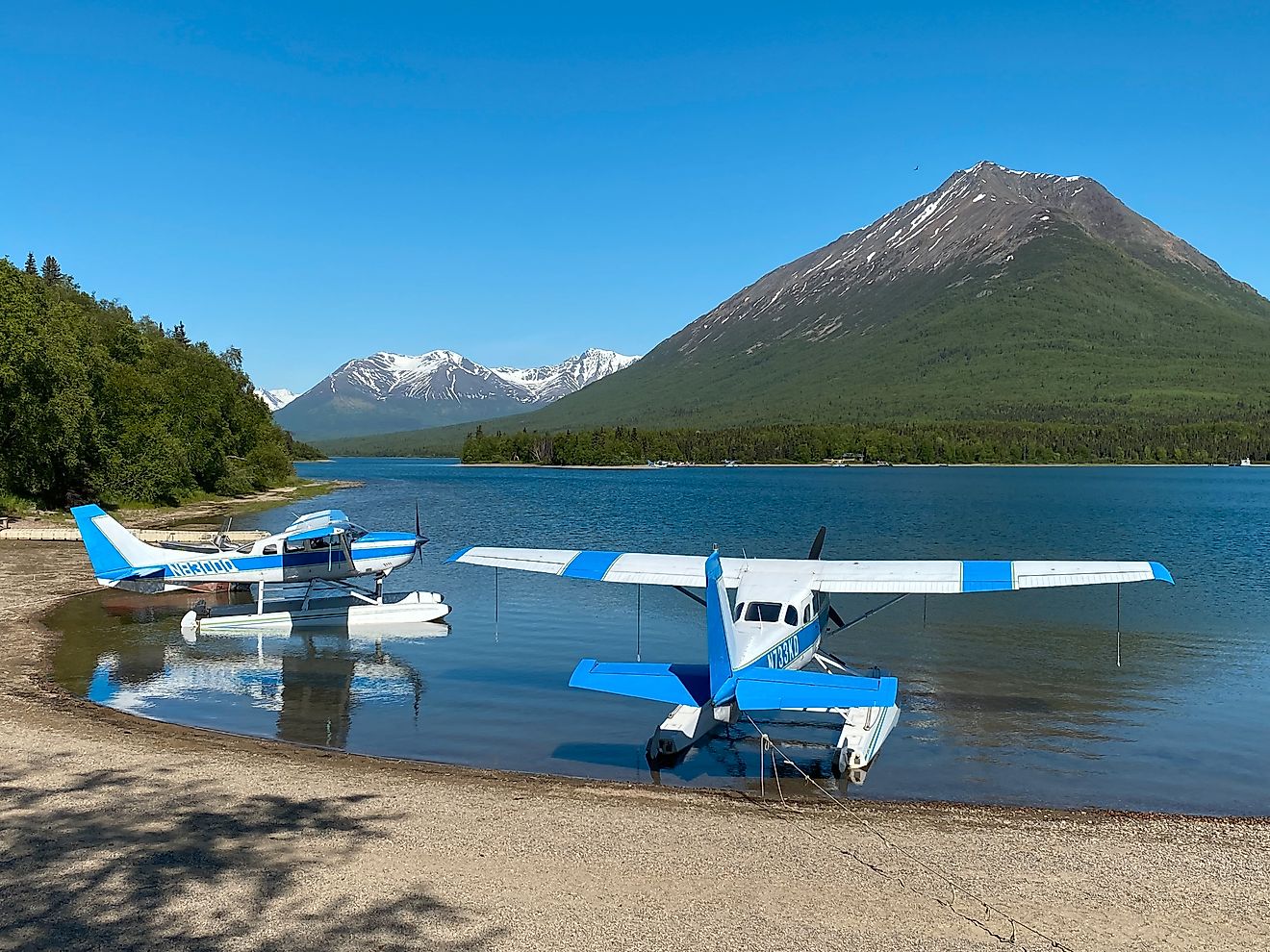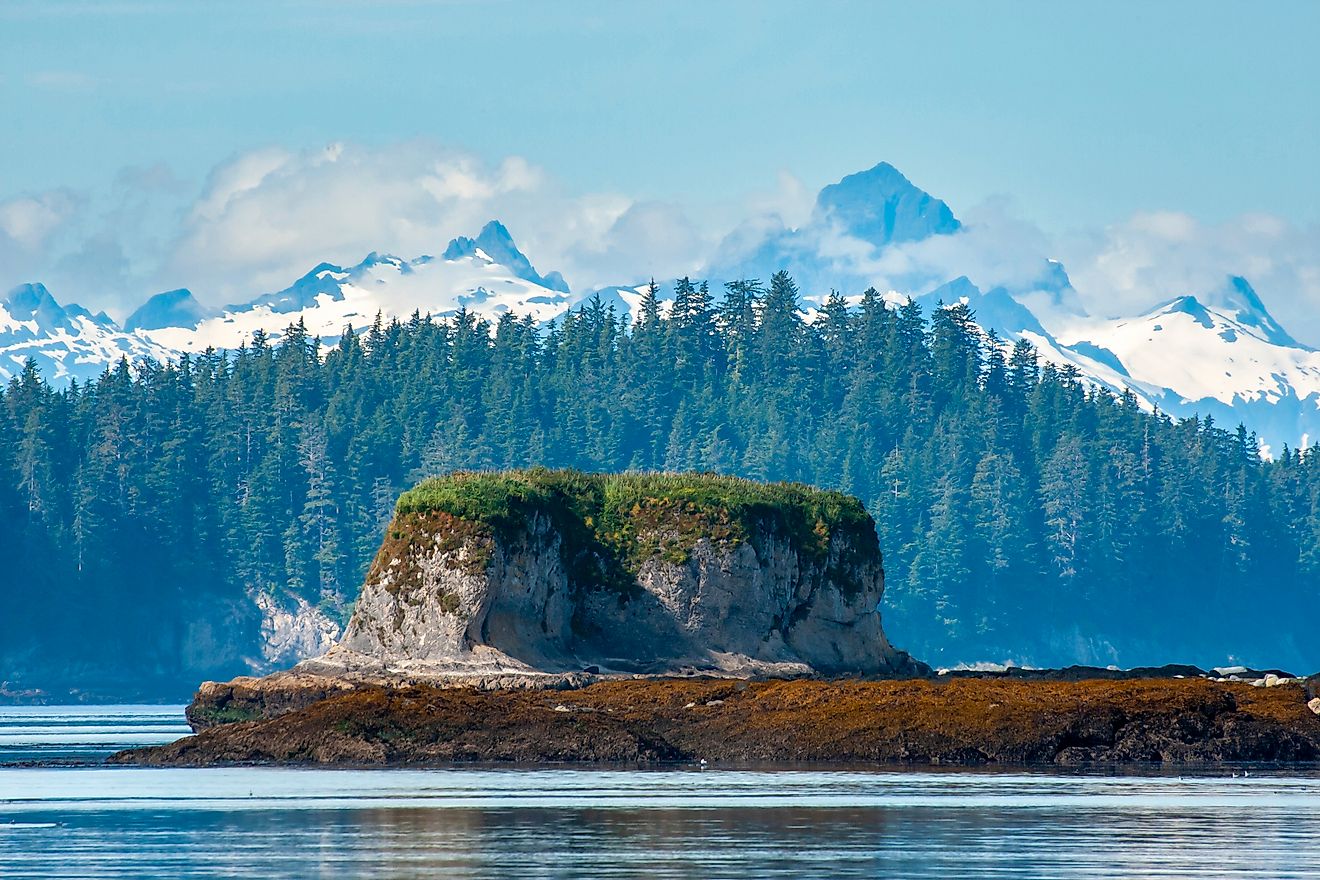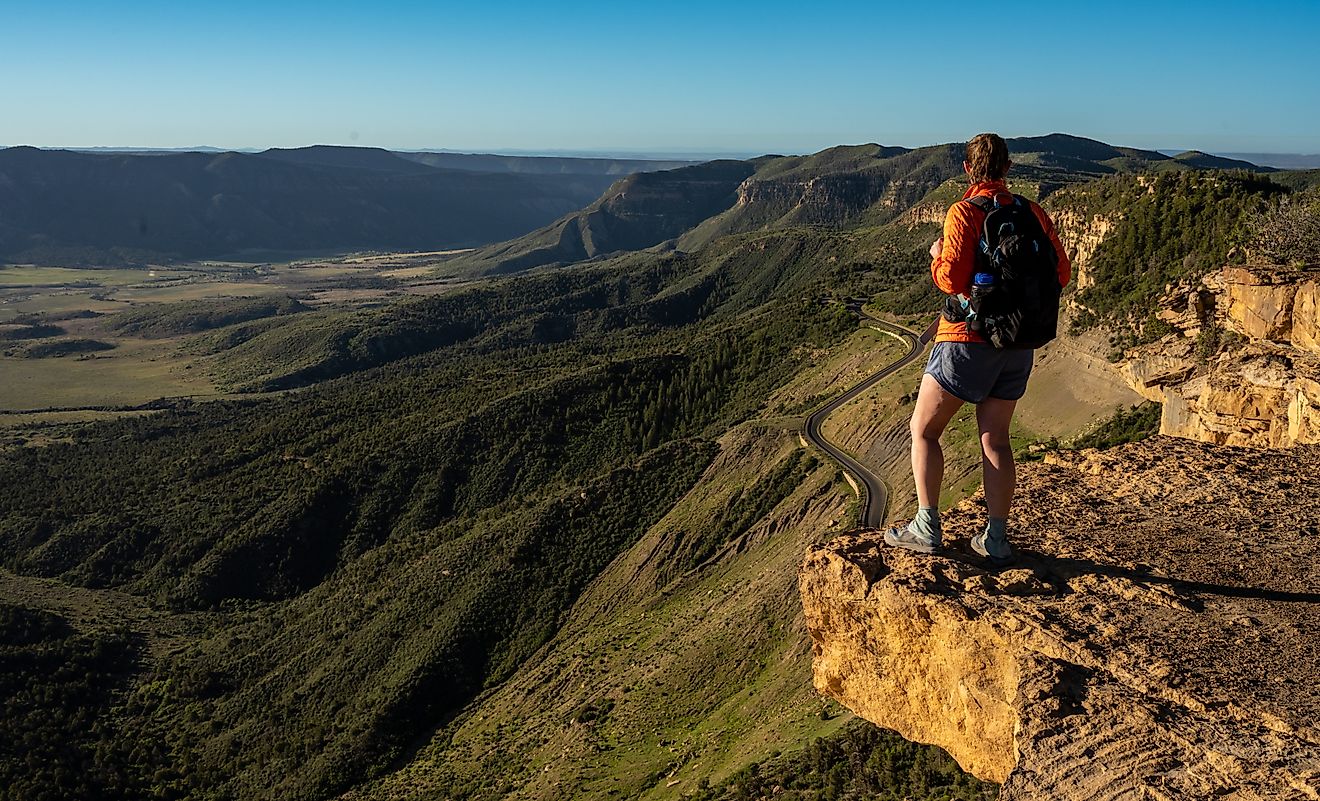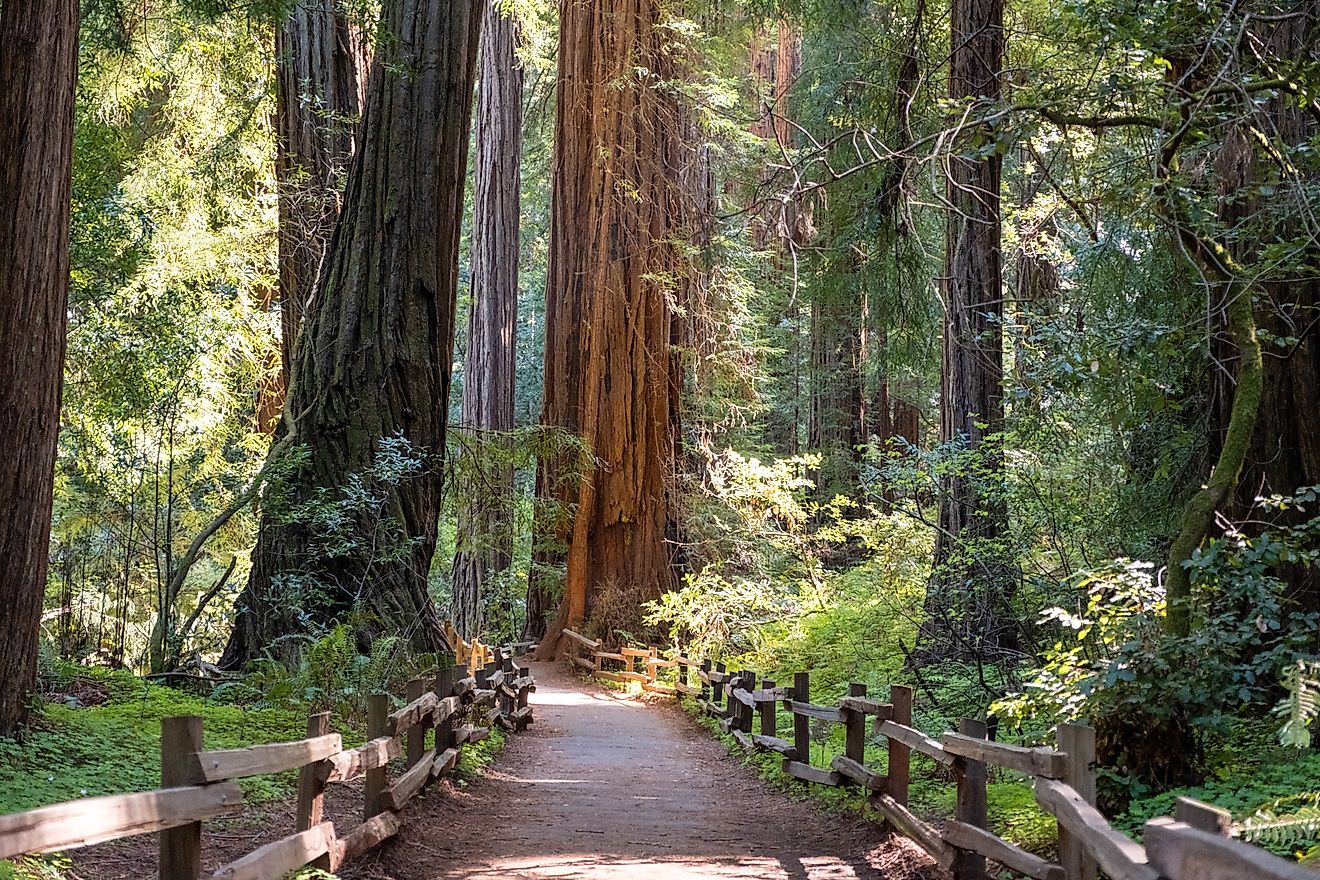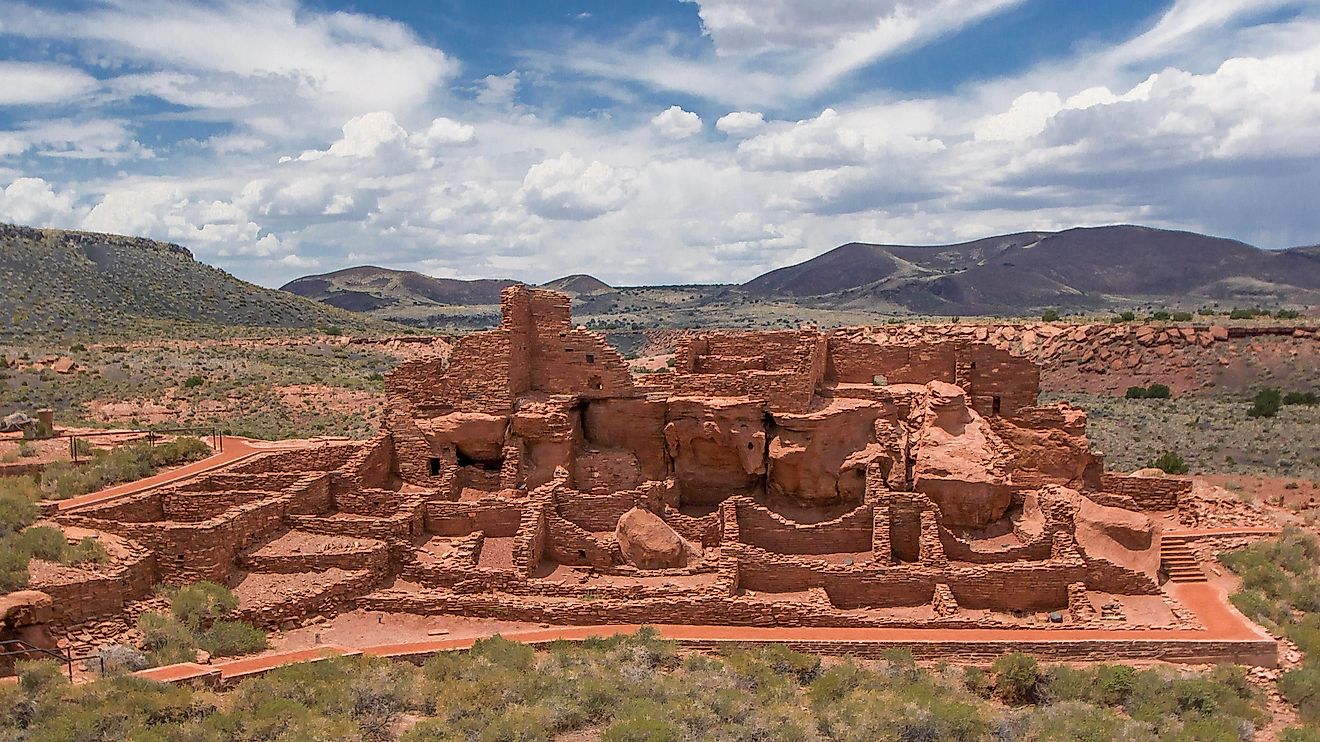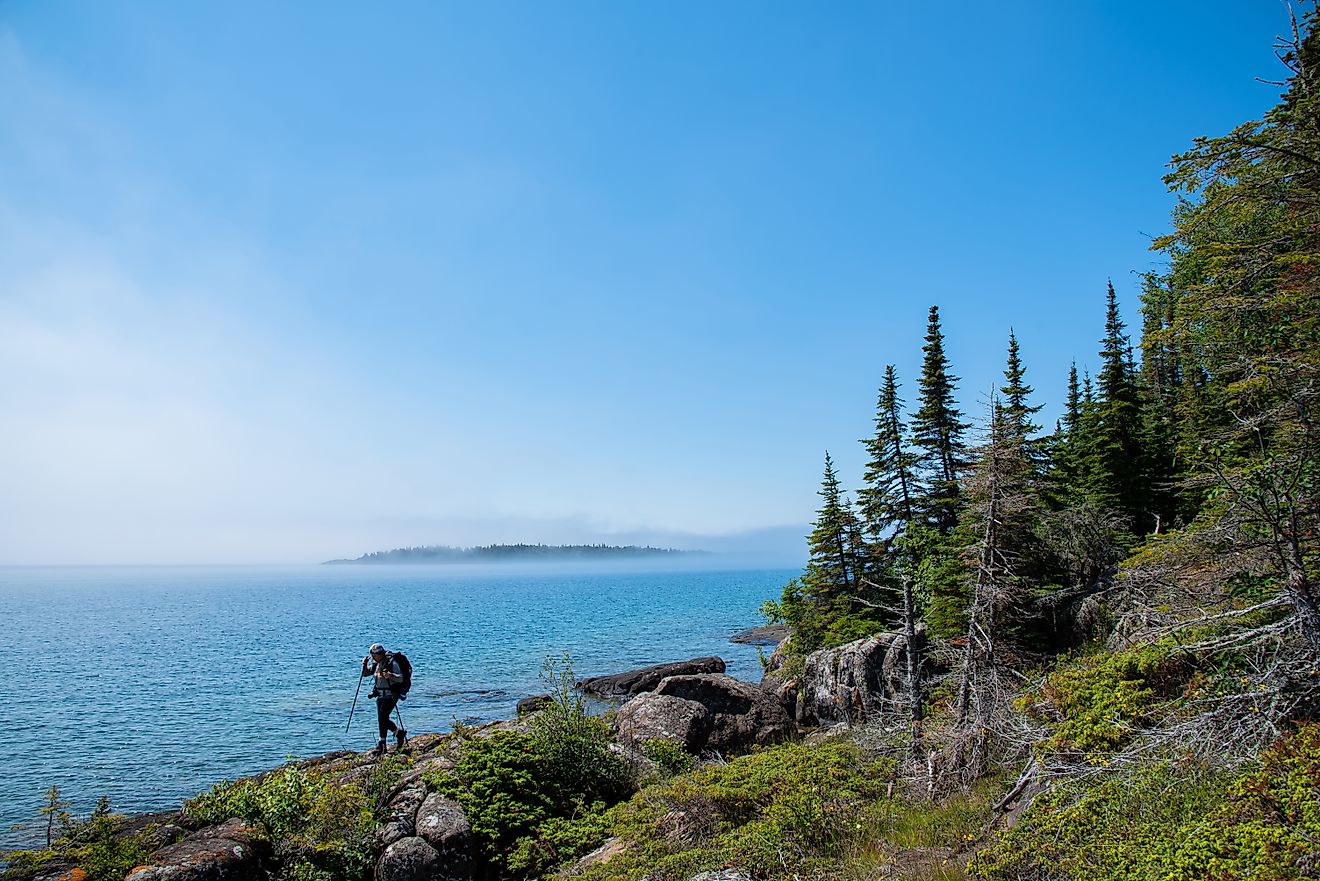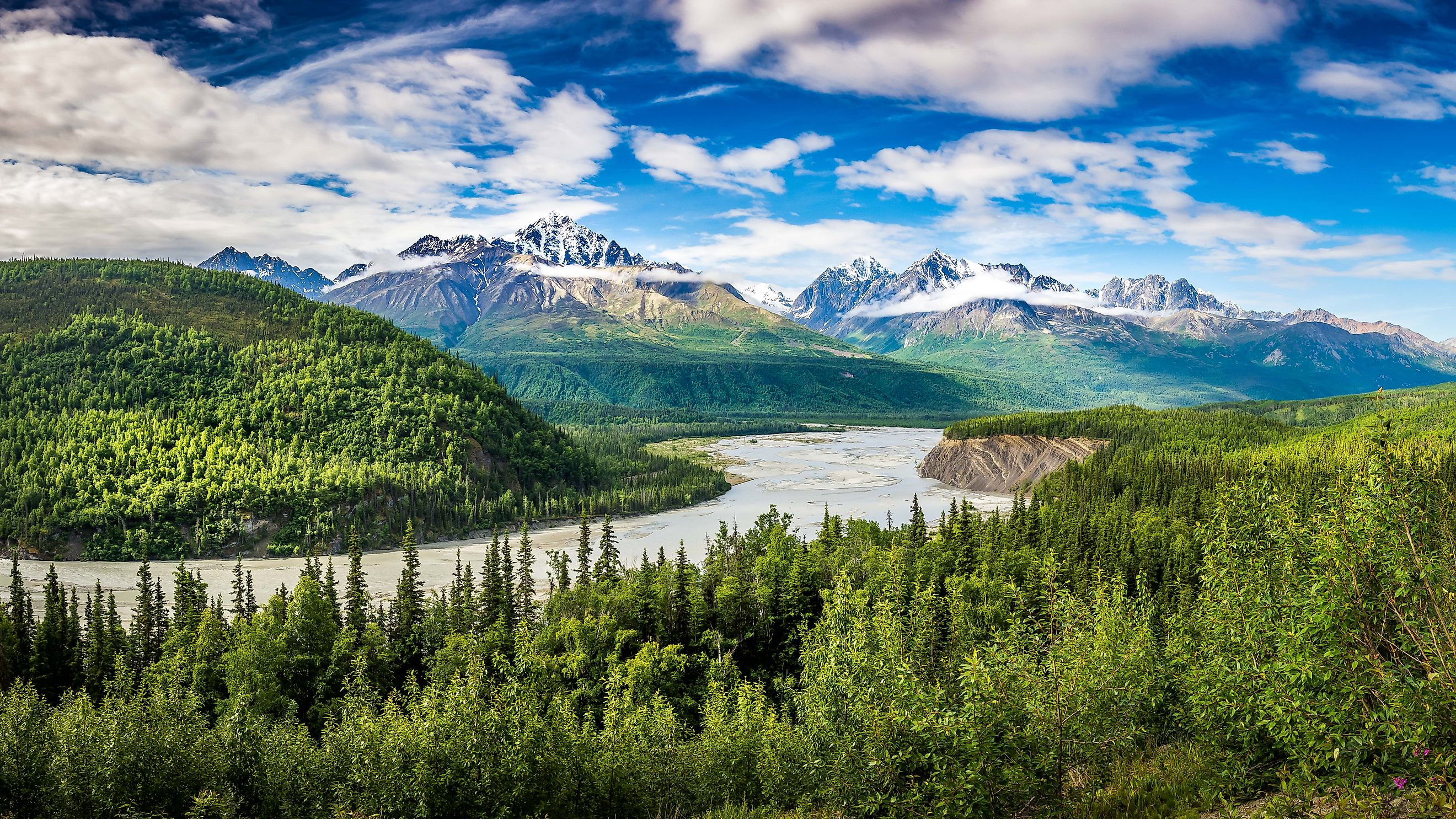
Chugach National Forest
Tucked into the rugged expanse of south-central Alaska lies one of America’s most extraordinary public lands—the Chugach National Forest. Spanning over 5.4 million acres, it’s the second-largest national forest in the United States and by far the most northerly, stretching from the wind-carved coastlines of Prince William Sound to the glacier-fed streams of the Kenai Peninsula and the sprawling wetlands of the Copper River Delta. For travelers seeking a raw, unfiltered encounter with nature, the Chugach offers one of the last truly wild landscapes in North America.
In a state known for superlatives, the Chugach stands out.
A National Forest Unlike Any Other
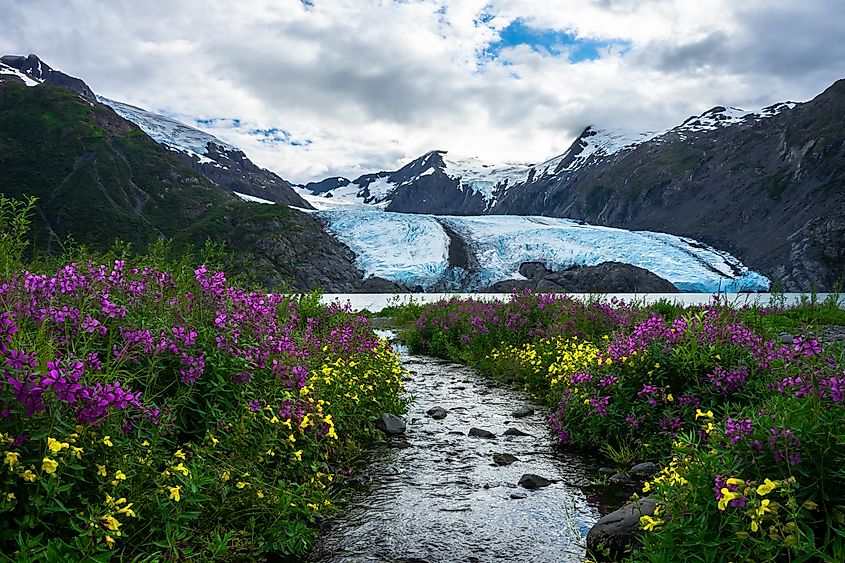
Most visitors arrive in Alaska expecting to explore Denali National Park or see grizzlies along the Brooks Range. But those in the know understand that the Chugach National Forest delivers a more intimate, yet equally epic experience. Covering an area roughly the size of New Hampshire, the Chugach remains largely roadless—only about 90 miles of Forest Service roads traverse its immense footprint. Yet it's accessible by highway, train, air, and sea, and draws nearly 500,000 recreation seekers each year.
What sets the Chugach apart is its geographical diversity. The forest is split into three distinct ecosystems—each a world of its own:
-
The Copper River Delta, a vast wetland and birding sanctuary
-
The Kenai Peninsula, home to legendary salmon streams and moose-filled forests
-
Prince William Sound, a glacial seascape of fjords, tidewater glaciers, and island-studded bays
Together, these landscapes form a mosaic of wild ecosystems teeming with life, shaped by ice, water, and time.
The Copper River Delta
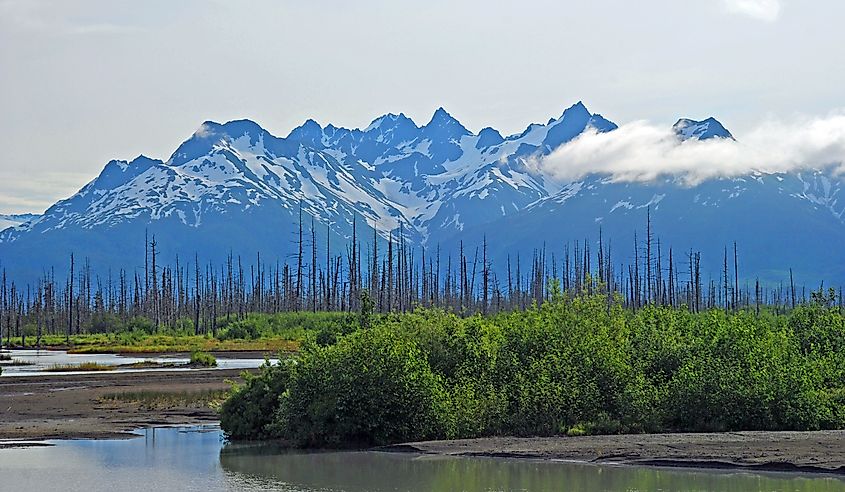
Occupying 31% of the forest’s area, the Copper River Delta is North America’s largest contiguous coastal wetland. This 700,000-acre expanse of marshes, tidal flats, and braided river channels supports an abundance of wildlife and plays a critical role in global bird migration. In fact, the delta is considered one of the most essential shorebird habitats in the world.
Each spring, millions of shorebirds—including western sandpipers and dunlins—descend upon the delta during their long journeys between hemispheres. It is also part of the Western Hemisphere Shorebird Reserve Network, underscoring its global ecological significance.
But birds are just part of the story. The delta is a cornerstone of local life and economy. Alaskans harvest the legendary Copper River red salmon from its pristine waters—some of the most prized wild fish on the market.
With its combination of commercial fishing, subsistence harvests, and bird conservation, the Copper River Delta showcases how nature and culture can co-exist in balance.
Prince William Sound

Comprising nearly half of the forest (48%), Prince William Sound is where ocean meets ice. This coastal wonderland features over 3,500 miles of intricate shoreline, dotted with fjords, tidewater glaciers, islands, and old-growth forests. The Nellie Juan-College Fiord Wilderness Study Area, covering 2.2 million acres, is a highlight—untouched by roads and accessible only by boat, kayak, or floatplane.
With more than 20 tidewater glaciers flowing directly into the sea, this region is one of the few remaining places on Earth where glaciers are still actively shaping the landscape.
Prince William Sound is also teeming with wildlife. Between 3,000 and 5,000 bald eagles call this region home—comparable to the entire eagle population of the lower 48 states. More than 200 seabird colonies dot the coast, and the waters host whales, sea otters, seals, and salmon.
Adventurers cruise through this pristine sound by ferry, private boat, or guided kayak tours. The scenery is otherworldly—icebergs bobbing in quiet coves, waterfalls cascading from misty cliffs, and seals hauled out on ice floes.
Kenai Peninsula
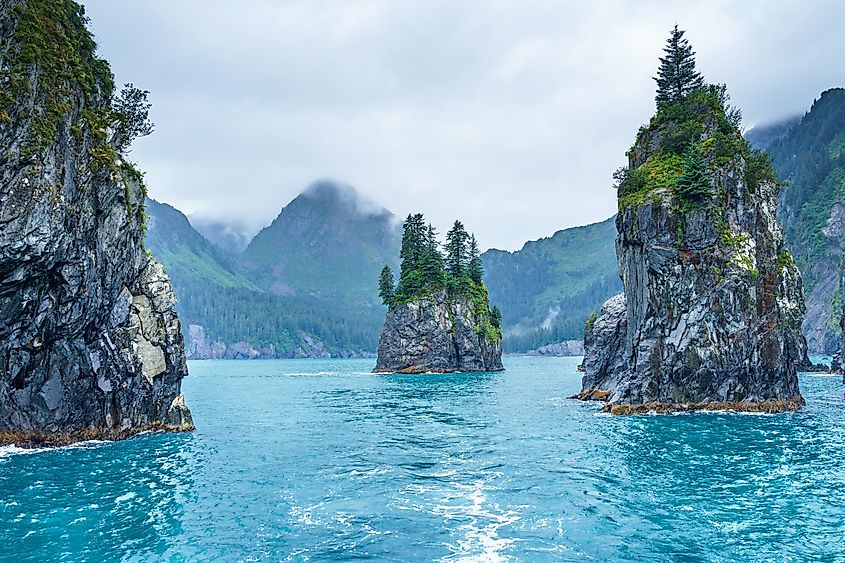
The Kenai Peninsula forms the southern portion of the Chugach, accounting for 21% of the forest’s total area. It’s the most accessible section, with roads like the scenic Seward Highway and passenger service on the Alaska Railroad offering front-row views to alpine meadows, glacier fields, and turquoise rivers.
The Kenai River, one of Alaska’s premier salmon streams, begins within the Chugach, fed by glacial lakes and braided tributaries. Nearby, the Russian River attracts up to 150,000 anglers annually, drawn by the chance to hook all five species of Pacific salmon—king, red, silver, chum, and pink.
Wildlife is abundant on the peninsula. An estimated 5,000 moose roam this region, with around 1,000 living within the forest’s boundaries. Brown bears and black bears also inhabit the area, often spotted along rivers during salmon season.
For backpackers and hikers, over 500 miles of trails crisscross the forest, with many weaving into the Southern Trek of the Iditarod National Historic Trail, a route rich in Alaskan history.
Culture, Community, and Conservation
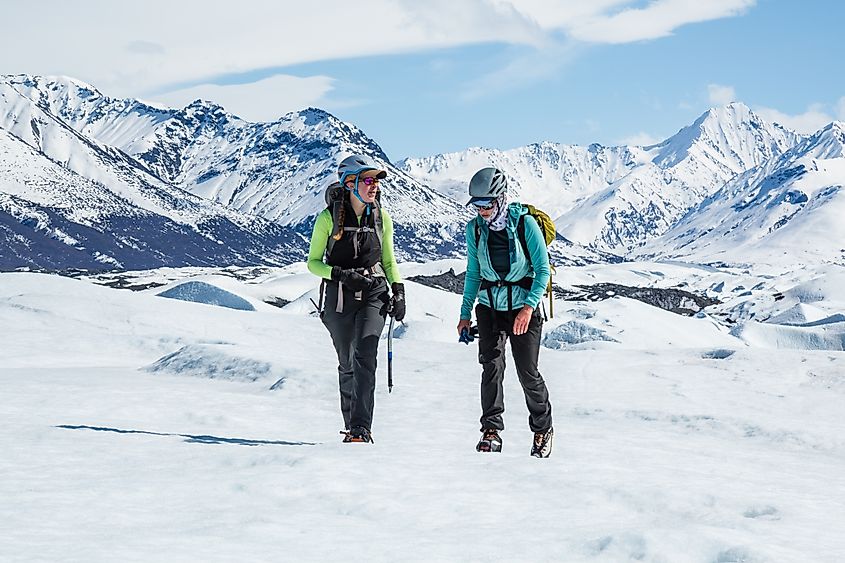
The Chugach isn’t just wilderness—it’s a living, working forest that supports local economies and preserves cultural traditions. The Our Forests Are Alaska initiative spotlights how public lands are woven into daily life for many Alaskans. Whether it’s heating homes with local firewood, guiding tourists through fjords, harvesting salmon, or preserving indigenous traditions, the Chugach sustains a wide range of lifestyles.
In fact, it’s one of the few national forests where you’ll see commercial fishing, gold mining, and traditional subsistence activities occurring alongside outdoor recreation.
Visitors can learn more about the region’s history and ecosystems at the Begich Boggs Visitor Center in Portage Valley and the Crooked Creek Information Center in Valdez.
Fast Facts About the Chugach National Forest
-
Size: Over 5.4 million acres (roughly the size of New Hampshire)
-
Glaciers: 30% of the forest is covered in ice
-
Elevation: Rises from sea level to 13,100 feet at Mount Marcus Baker in just 10 miles
-
Fish: Home to 1,800 miles of anadromous streams and 48,100 acres of anadromous fish lakes
-
Wildlife: Moose, bears, eagles, seabirds, whales, and all five Pacific salmon species
-
Recreation: 41 public use cabins and over 500 miles of trails
-
Access: Limited—only 2% of the forest has road access
Planning a Visit to the Chugach
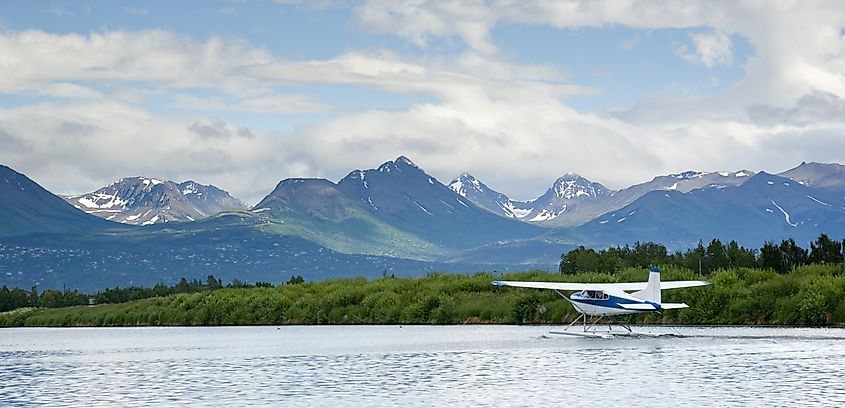
Whether you’re setting out on a week-long backcountry expedition or planning a day trip from Anchorage, the Chugach offers experiences for every level of adventurer. Popular activities include:
-
Kayaking in Prince William Sound
-
Hiking to Portage Glacier
-
Fishing along the Russian and Kenai Rivers
-
Wildlife and bird watching on the Copper River Delta
-
Camping in public use cabins or remote wilderness sites
The best time to visit is between late May and early September, when daylight stretches for nearly 20 hours and trails are generally clear of snow. For those seeking solitude, shoulder season trips in early spring or late fall can provide a quieter, more contemplative experience—just be prepared for changing weather and limited services.
